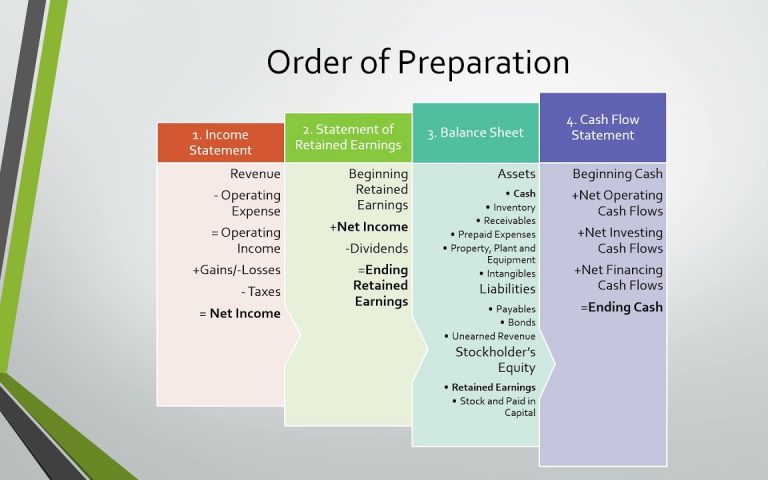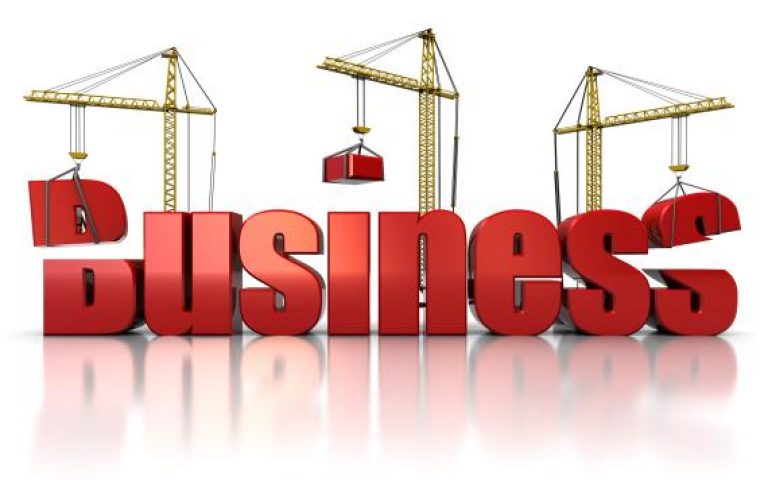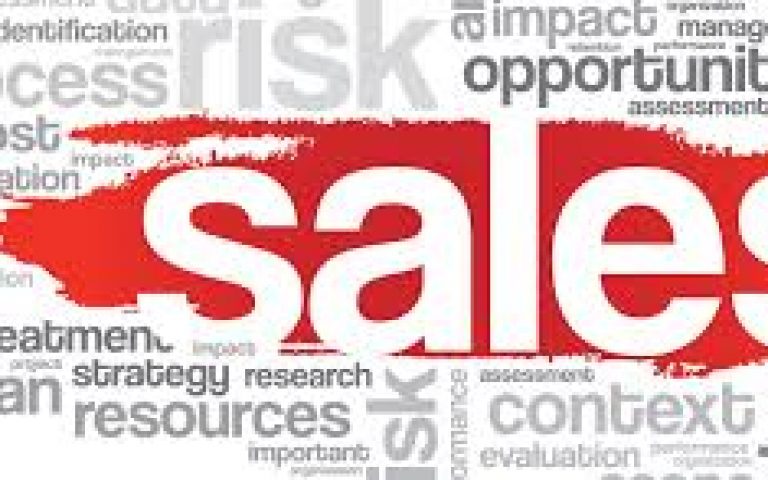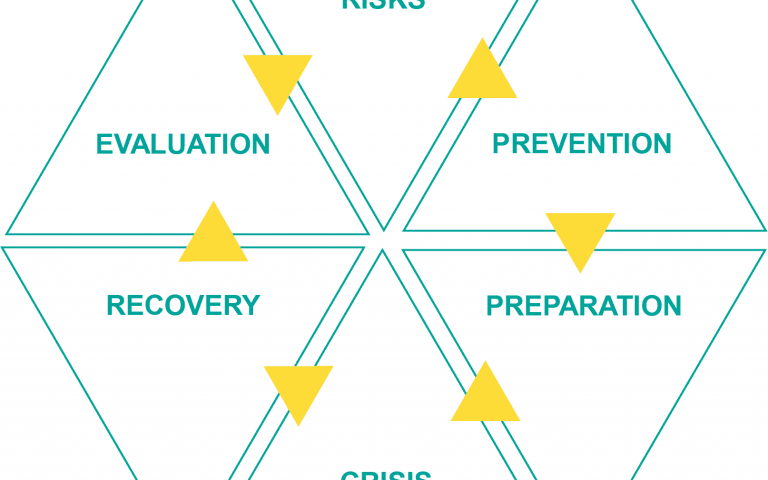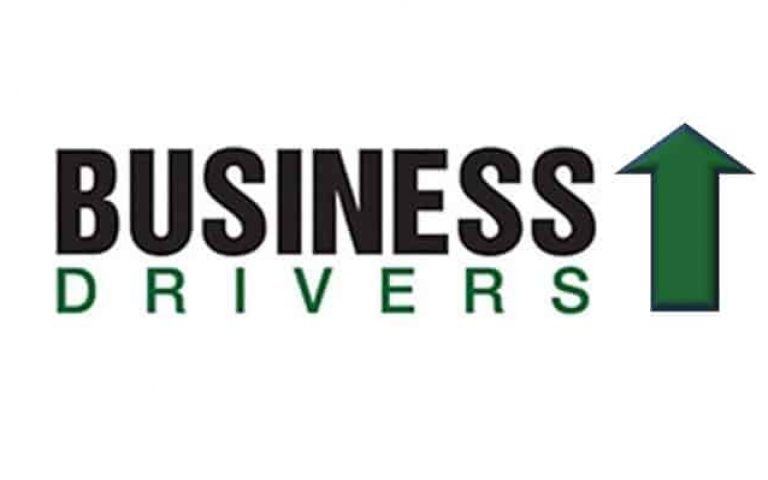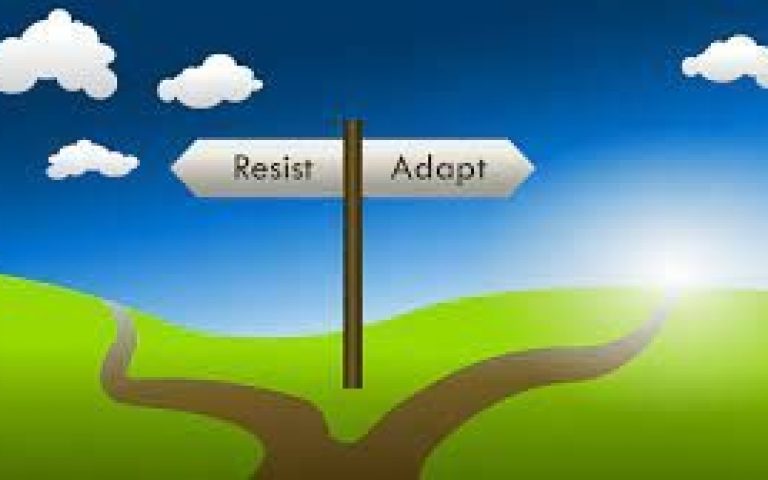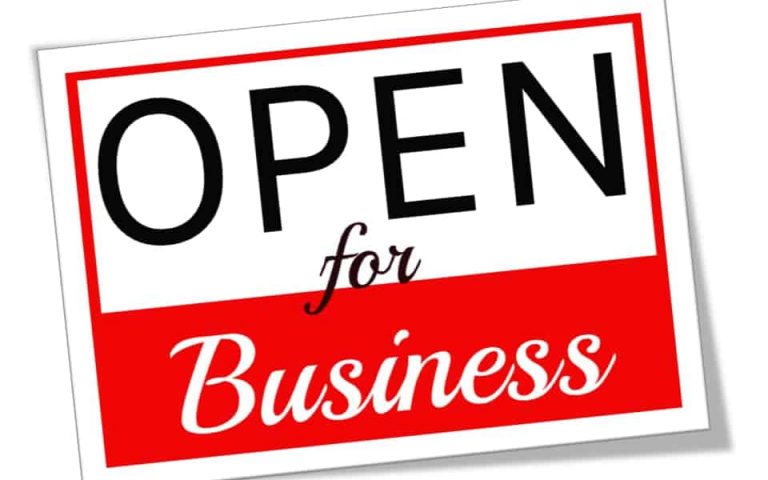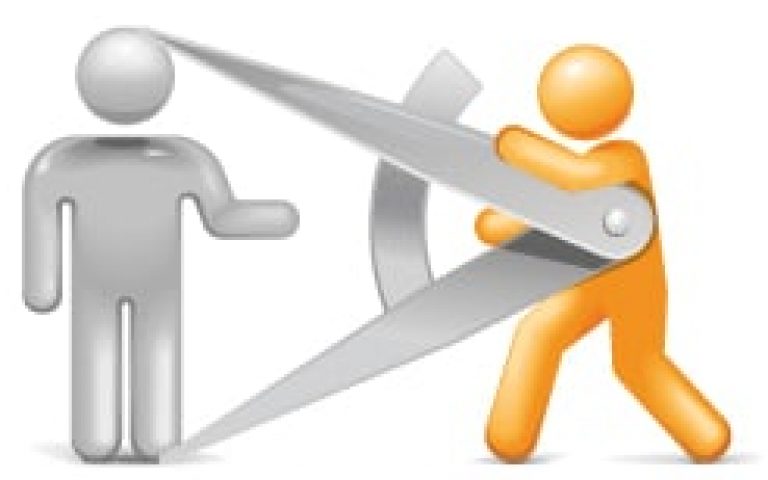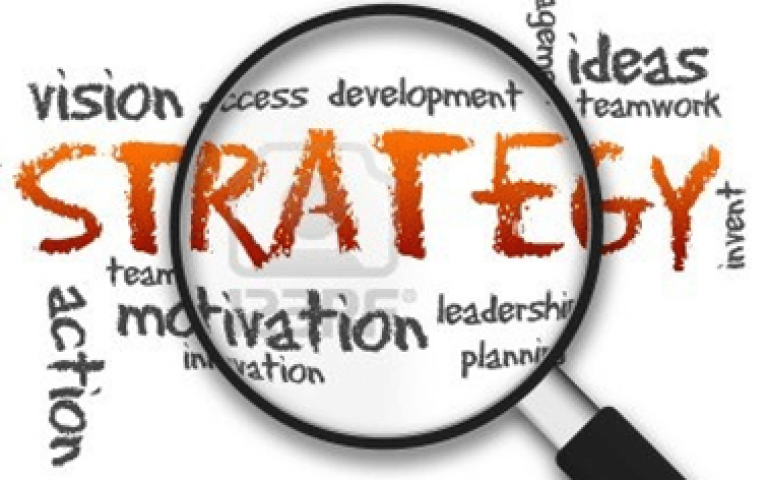Growing a business often feels like embarking on one of life’s most demanding and rewarding journeys. In many ways, it mirrors the process of raising a child. Both require vision, patience, structure, and the ability to adapt through unpredictable stages. Both demand commitment long before the results are visible. Most important, both call for consistent nurturing, balanced guidance, and a long-term perspective.
Business owners who embrace this mindset often build stronger, healthier companies that are better prepared for growth, change, and eventual independence. The comparison brings clarity to the responsibilities leaders carry and the opportunities available at each stage of development.
The Early Stage: Conception, Birth, and Foundational Care
A business begins with an idea. This conceptual stage is similar to expecting a child. There is excitement, anticipation, and the recognition that although the vision is clear, the journey has barely begun.
Once the business launches, the early days resemble the first months of a newborn’s life. The business is fragile and entirely dependent on the owner. Cash flow is tight, processes are limited, and priorities center on survival and stability. Long hours, hands-on involvement, and consistent care are the norm.
Just as infants need routines and reliable care to thrive, young businesses need systems, structure, and clear priorities. This is the period where owners define the business identity, set standards, and begin establishing the values and culture that will influence all future decisions. Small habits formed early have an enormous impact over time.
The Toddler Stage: Exploration, Boundaries, and Rapid Learning
As a child grows into a toddler, exploration begins. Curiosity expands, movement increases, and so does the risk of missteps. Businesses encounter a similar stage, often during the first two to four years of operation. Opportunities seem abundant. Ideas, markets, and potential partnerships emerge quickly. At the same time, challenges appear just as fast.
Setting boundaries is essential. Owners must clarify which opportunities fit the vision and which distract from it. Toddlers need guidance to avoid danger. Businesses need processes and decision frameworks to avoid unnecessary risks.
This stage is also where businesses begin to develop their personality. Team members join. Client relationships take shape. Service quality and product consistency become more important. Leaders must remain patient, present, and intentional. Every milestone achieved builds the foundation for future capability and resilience.
Middle Childhood: Capability Building and Independence
Much like school-aged children, growing businesses enter a period where capability development becomes the core goal. Stronger finances, more stable revenue, and a defined customer base begin to fuel growth. With the right guidance, the business becomes more confident and capable on its own.
This is where leadership must shift from doing to managing. Owners who fail to transition often stall the company’s growth. Instead of being involved in every task, leaders must begin empowering others. Training becomes essential. Delegation becomes a strategic requirement. Structures formalize. Standard operating procedures, performance expectations, and workflow management take center stage.
At this stage, the business gains more independence. It can operate for periods without constant supervision. That does not mean the owner steps away. Instead, the owner must move into a stewardship role, ensuring the business is guided by clear principles that support long-term health.
The Adolescent Stage: Identity, Expansion, and Growing Pains
Most business owners recognize the adolescent stage immediately. The company grows rapidly, takes on more responsibility, tests its limits, and occasionally learns hard lessons. Revenue may increase faster than infrastructure. The business may attempt to expand into new markets or take on larger clients. Mistakes happen, inefficiencies appear, and growing pains are common.
This period requires steady leadership, thoughtful investment, and a renewed focus on communication. Just as teenagers need structure combined with opportunities to grow, businesses need accountability paired with room to innovate. Leaders must strike a balance between oversight and empowerment.
Resources such as stronger financial controls, strategic planning, and advanced technology often become essential. Strategic decisions made during this period influence the long-term trajectory of the company.
Adulthood: Maturity, Self-Sufficiency, and Strategic Direction
A mature business resembles a thriving adult. It has developed its capabilities, built a clear identity, and understands its strengths and weaknesses. It no longer relies on the founder’s constant involvement in daily activity. Instead, leadership becomes more strategic.
This is the stage where owners begin thinking about succession, scaling, or new opportunities for expansion. The company now has the ability to stand on its own. With the right direction, it can pursue new markets, launch new offerings, or position itself for transition.
Much like raising a child, the owner’s role evolves from hands-on support to high-level vision and purposeful guidance. A mature business requires stewardship rather than constant management.
The Long-Term View: Preparing for Independence
One of the most meaningful lessons from raising a child is that the ultimate goal is independence. Businesses that reach maturity are ready for similar freedom. Whether a company is being positioned for sale, succession, or long-term growth, the owner’s leadership must prepare it to operate successfully without the founder.
Planning, documentation, team development, risk management, and strategic clarity all support this transition.
Wrapping it up:
Growing a business is one of the most personal and challenging endeavors a leader can take on. Like raising a child, it involves commitment, resilience, flexibility, and unconditional belief in the future. Owners who understand these parallels often navigate the journey with greater confidence and make decisions that strengthen both the business and the people behind it.
***
TITAN Business Development Group, LLC
business coaching | advisory | exit planning








